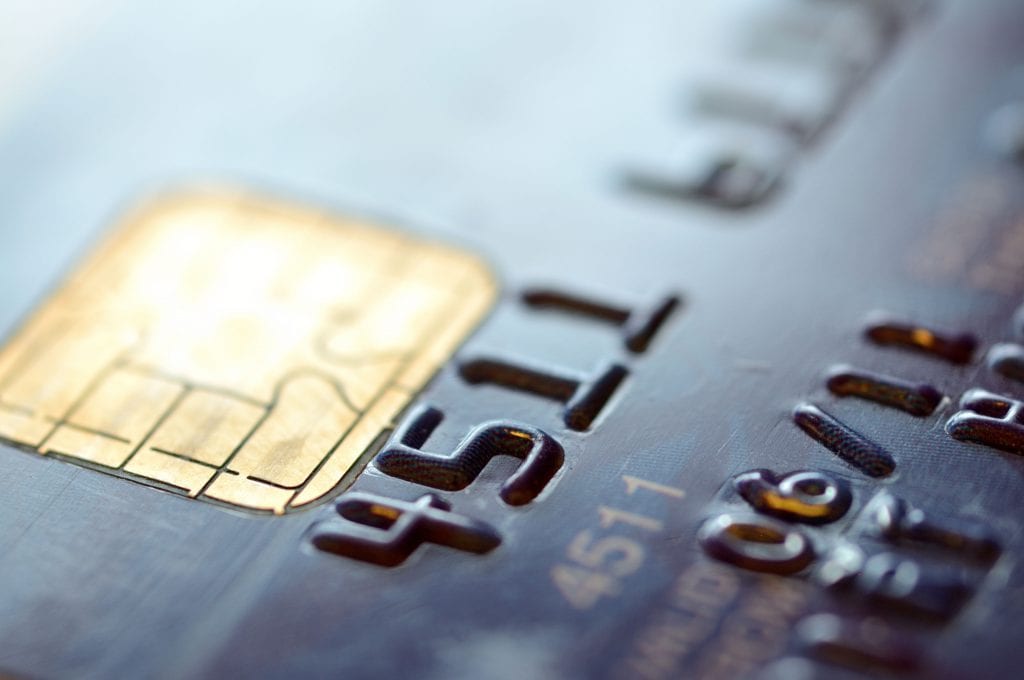If nothing else, the article in DepositAccounts.com confirms that as an industry, issuers, acquirers and their processors continue to be unsure of the state of the U.S. EMV migration and continue to provide data points that suggest this exercise will take considerably more time to reach its conclusion:
People are starting to receive chip cards from their credit card issuers and it is estimated that some 575 million new chip cards will be in the hands of U.S. consumers by year-end, according to Visa. However, according to a survey from Software Advice, 62% of U.S. consumers are still without an EMV chip-card and 78% of small and medium sized businesses haven’t adopted EMV-ready systems
If there is harmony in the industry, it is in agreement that EMV will not solve all payment issues:
Chip cards are not better at protecting individuals against card-not-present (CNP) fraud, says Robert Harrow, a research analyst with Value Penguin. “This is the type of fraud that occurs when thieves use the card online, or in other ways where they are not required to present the physical card to a merchant – instead simply giving the number and its security code. CNP fraud is on the rise globally, including the U.S. Unfortunately, this new technology doesn’t do anything to combat it.”
And there will be a lot of money spent along the migration path:
Mostly, experts are confident that the transition to chip cards, “will choke a lot of life out of card fraudsters,” says security expert Robert Siciliano. But it won’t come cheap, the transition is expected to cost about $8 billion, if done correctly, he says. And, the “roll-out phase” won’t happen overnight either.”
Overview by Sarah Grotta, Director, Debit Advisory Service at Mercator Advisory Group
Read the full story here
